- The US-led war on terror created an industry out of Islamophobia
- In doing so – as the slaying of 50 Muslim worshippers in New Zealand shows – it sowed the seeds for a terror of its own: white supremacy

SCMP 23 Mar, 2019
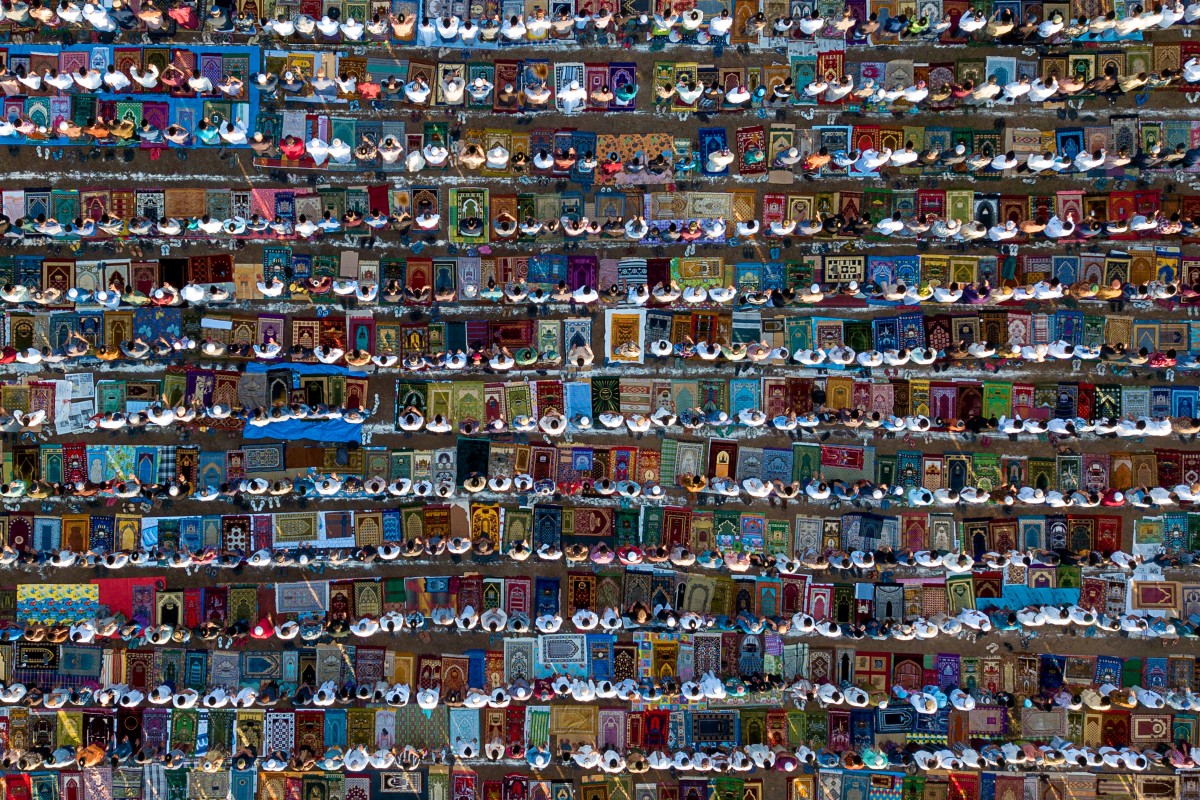
Muslims pray. Photo: AFPIt was a wake-up call to the world: the danger posed by far-right extremism is real. On March 15, when a self-confessed white supremacist armed with a semi-automatic weapon stormed two mosques in New Zealand, Christchurch, killing 50 worshippers in a spray of bullets, there could be no doubting the sole target of his hatred – Muslims.
Not only was this demonstrated in the gruesome video he live-streamed during his rampage, but – as if to avoid any doubt – he circulated to the world a manifesto in which he revelled in the “anti-Islamic motivation” behind the attacks. A “white genocide” was taking place, his diatribe went as he evoked the centuries-old battle of Islam versus the West.
This was Islamophobia stretched to its violent and bloody conclusion.
Some have claimed the attack was the inevitable next step from the anti-immigrant sentiments and populist politics that have swept much of the world in recent years, but in truth Islamophobia stretches further back.
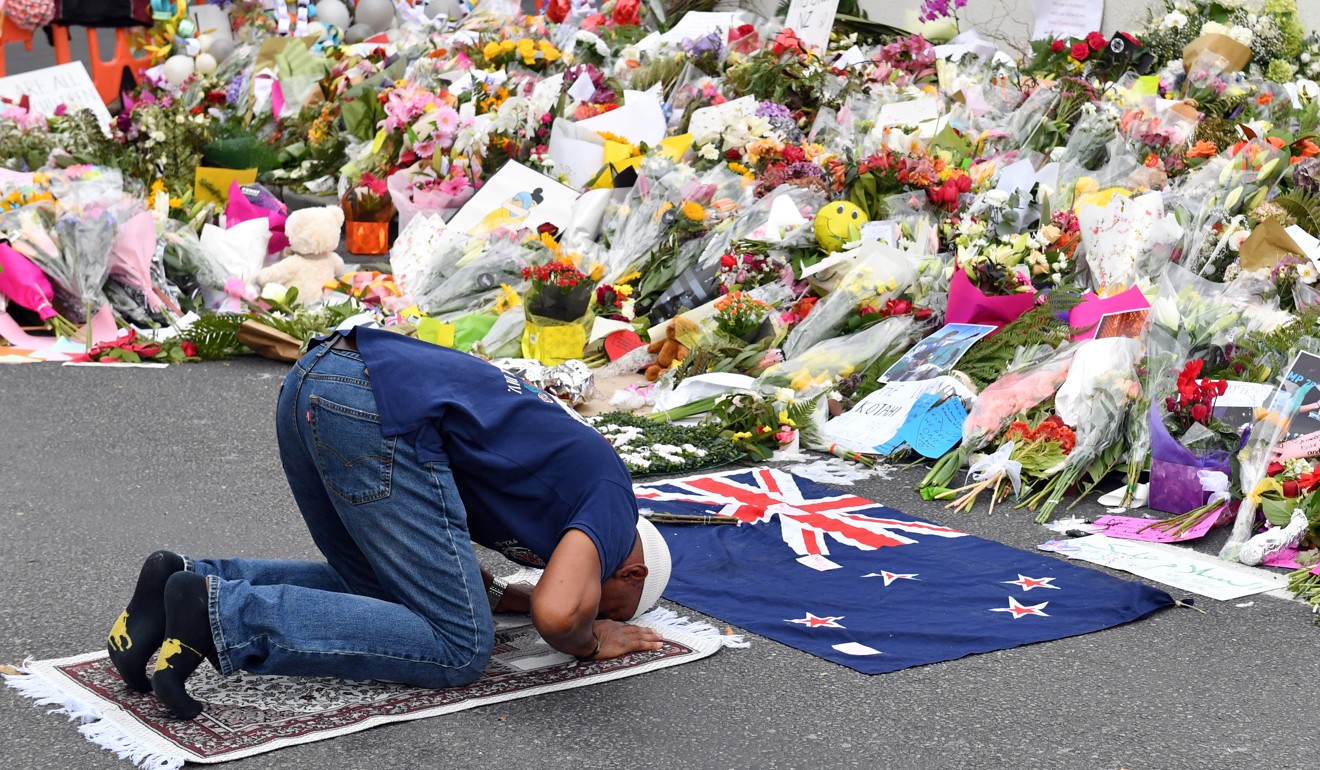
A Muslim worshipper prays at a makeshift memorial at Al Noor Mosque in Christchurch, New Zealand. Photo: EPAShare:
The term was popularised in 1997, when the Runnymede Report properly identified its essence as an anti-Muslim racism found in Western societies. And while the term itself may be contested, there can be no doubt that far-right narratives of “Muslims taking over the West” are based on sinister motives rather than evidence – Muslims made up just 4.9 per cent of the population in Europe in 2016, and 1.1 per cent in the US in 2017. These narratives are intended to evoke fear.
New Zealand’s Muslims fearful after mosque shootings
SUBSCRIBE TO THIS WEEK IN ASIAGet updates direct to your inboxSUBMITBy registering for these newsletters you agree to our T&C and Privacy Policy
No doubt, there has been terrorism perpetrated by Muslims. To criticise this violence is not Islamophobic, but to make an entire Muslim population seem complicit and therefore pose a threat, is. Arguably, since the US-led ‘global war on terror’ that singled out Islam and the Muslims, Islamophobia has become an industry.
THE ISLAMOPHOBIA INDUSTRY
According to a 2016 report by the Council on American-Islamic Relations (CAIR) and the UC Berkeley Centre on Race and Gender, about 32 organisations in the United States currently form an “inner core” with the primary purpose of promoting prejudice against, or hatred of, Islam and Muslims.
These organisations had access to more than US$200 million between 2008 and 2013. According to Nathan Lean in his work, The Islamophobia Industry (2012), an ideological band of “experts” are also consistently employed by several news agencies to “deploy consistently negative and stereotypical images of Muslims and of Islam”.
As New Zealand grieves, it must come to terms with how hatred was allowed to spread
Such systematic promotion of anti-Muslim sentiments corresponds to rising reports of discrimination, hostilities, abuse and violence against Muslims. UK-based Tell MAMA (Measuring Anti-Muslim Attacks) reported 608 incidences of Islamophobia between January and June 2018 alone. The situation is serious enough that the European Commission – Directorate of Justice launched a toolkit last year to combat Islamophobia across the continent.
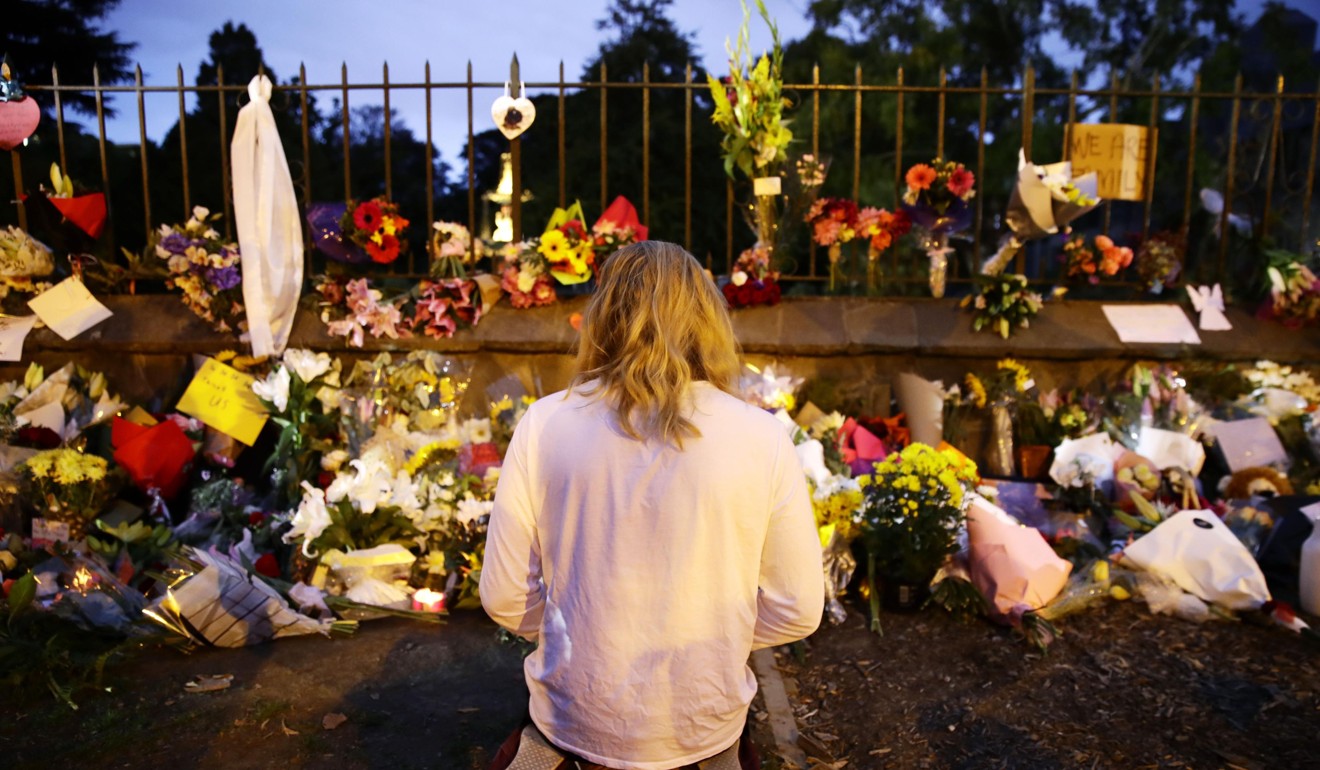
A makeshift memorial in Christchurch, New Zealand, remembers the 50 Muslims killed in an attack by a white supremacist at two mosques in the city. Photo: KyodoShare:Recent reports indicate Islamophobia has also taken root in several parts of Asia. Examples include a campaign to protest against building a mobile prayer room during the 2018 Winter Olympics in South Korea; the rise of “cow vigilantes” targeting Muslim “beef-eaters” in India; and the lynching of Rohingya Muslims in Myanmar following anti-Muslim hate-speeches. Given the spread of social media, the dominant global discourse on terrorism that paints Islam and Muslims as a threat might have contributed to the rise of such hate.
India: no country for Muslims
However, Islamophobia in Asian societies could be due to primarily domestic socio-economic and political issues. In Muslim-majority Malaysia, online hate against Islam can be understood as a reaction against ultraconservative displays of Islam that are perceived to be constricting the multicultural public sphere and discriminatory to non-Muslims. Several states, including China, utilise the global discourse on terrorism to implement authoritarian policing against a significant part of their Muslim populations.
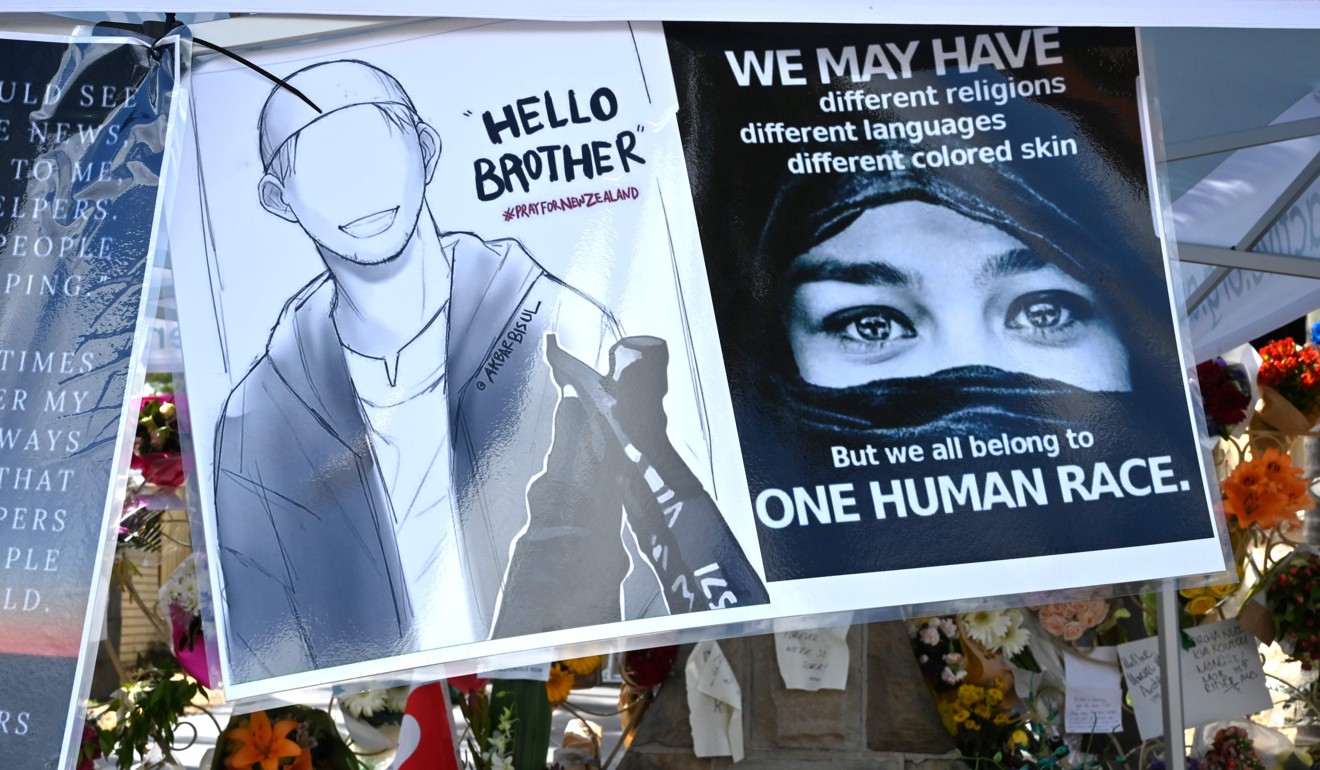
Flowers and messages outside Lakemba Mosque in Sydney five days after the mass shootings at two mosques in Christchurch that killed 50 Muslim worshippers. Photo: AFPShare:
LEARNING FROM SINGAPORE
Singapore is another country that has identified a rise in Islamophobia, with government leaders repeatedly raising concerns. The American preacher Lou Engle was recently banned from the city state accused of making an inflammatory remark against Muslims in a sermon on March 13 last year. He was invited by a local church. Engle is known for his close association with the Christian Right and had his massive prayer sermon in 2011 criticised by Muslim leaders in the US for being anti-Muslim.
This accounts for another concern: the network of the Christian Right across Asia that potentially transmits Islamophobic ideas beyond the West.
Trump’s Muslim ban may have already served its hate-mongering purpose
Singapore’s concern over rising Islamophobia therefore is not surprising. The volatile nature of mixing religion with politics was recognised early as the country experienced a religious revivalism in the 1980s. The 1990 Maintenance of Religious Harmony Act (MRHA) addressed this concern. However, government and community leaders say the act is inadequate. Revisions to the MRHA are underway, following a series of terror-related arrests. But there is also a fear about segregationist teachings and non-violent extremist views. A religiously diverse society like Singapore cannot afford to let its guard down. Rising tensions within the religious communities will upset the state of equilibrium that has been carefully calibrated since independence. Islamophobia may well pose an additional concern.
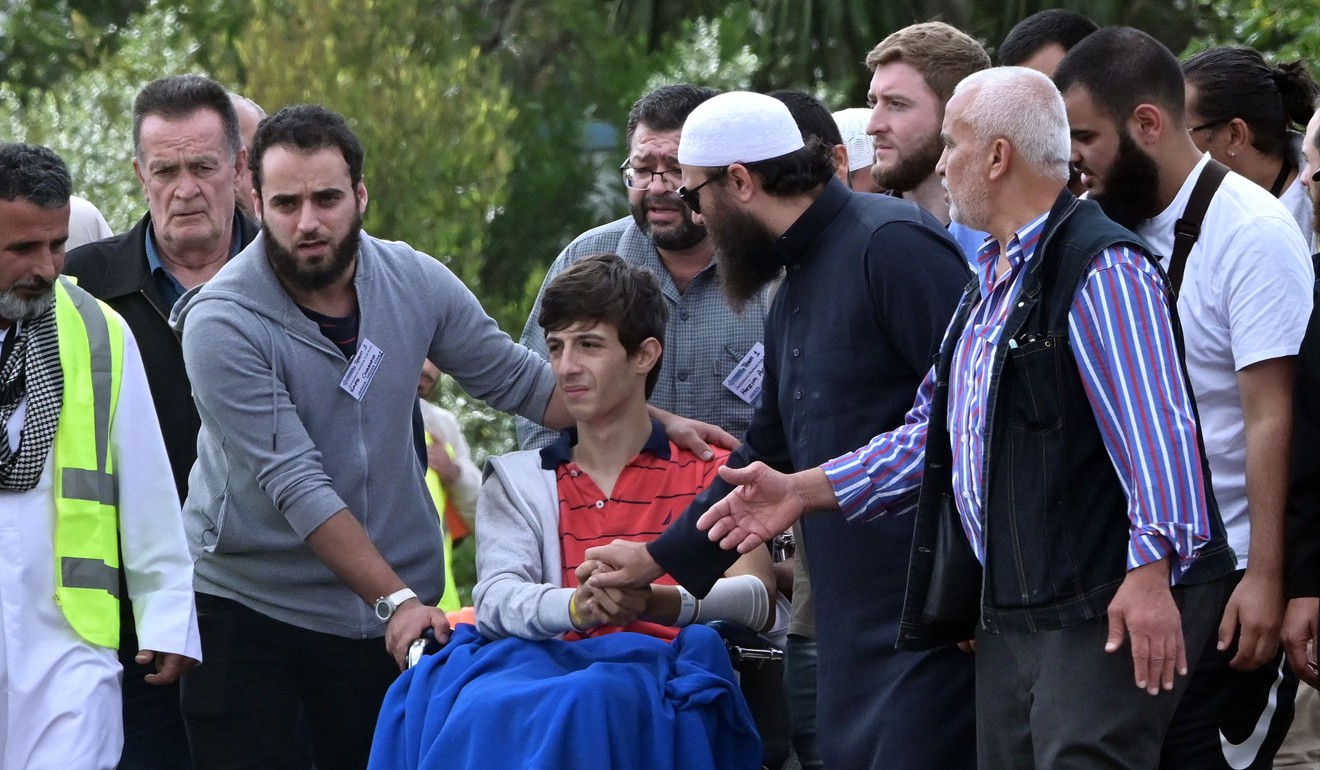
Zaid Mustafa (in wheelchair), who was wounded by an Australian white supremacist gunman, attends the funeral of his slain father Khalid Mustafa and brother Hamza Mustafa at the Memorial Park cemetery in Christchurch. Photo: AFPShare:
FREE SPEECH TO HATE SPEECH
What far-right groups have demonstrated is their appropriation of the “free speech” narrative to attract a mainstream audience and deflect from their own extremism by engaging in hate-speech against Muslims. Correspondingly, extremist Muslim groups use the concern over Islamophobia to shield themselves from criticisms on their extremist interpretations of Islam and position the West as the enemy of Islam. As a result, the “us and them” narrative dominates the public discourse.
‘When are you going back to Arabia?’: How Chinese Muslims became target of online hate
This may have implications. It is important to recognise the strategies used by extremists on both sides to shield themselves and promote hate under the guise of “free speech” or “religious offence”. In Indonesia, for example, indignation has been manufactured by radical Muslim groups to mobilise the masses towards a political end – as seen in the lead up to the 2017 Jakarta gubernatorial election, which the then governor Basuki Tjahaja Purnama, popularly referred to as “Ahok”, was accused of blasphemy regarding a doctored video in which he purportedly told voters not to be fooled by a verse in the Koran that says Muslims should not vote for non-Muslims. He was jailed for two years.
Despite attempts to separate religion and politics, politicians and state agencies are held hostage by those crying in the name of “religious offence”. In the long term, the unintended consequence will be the surrendering of religious freedom in the name of maintaining peace and harmony as extremist groups make greater demands in the name of free speech (as seen in Western societies) or religious offence (as seen in Asian societies).
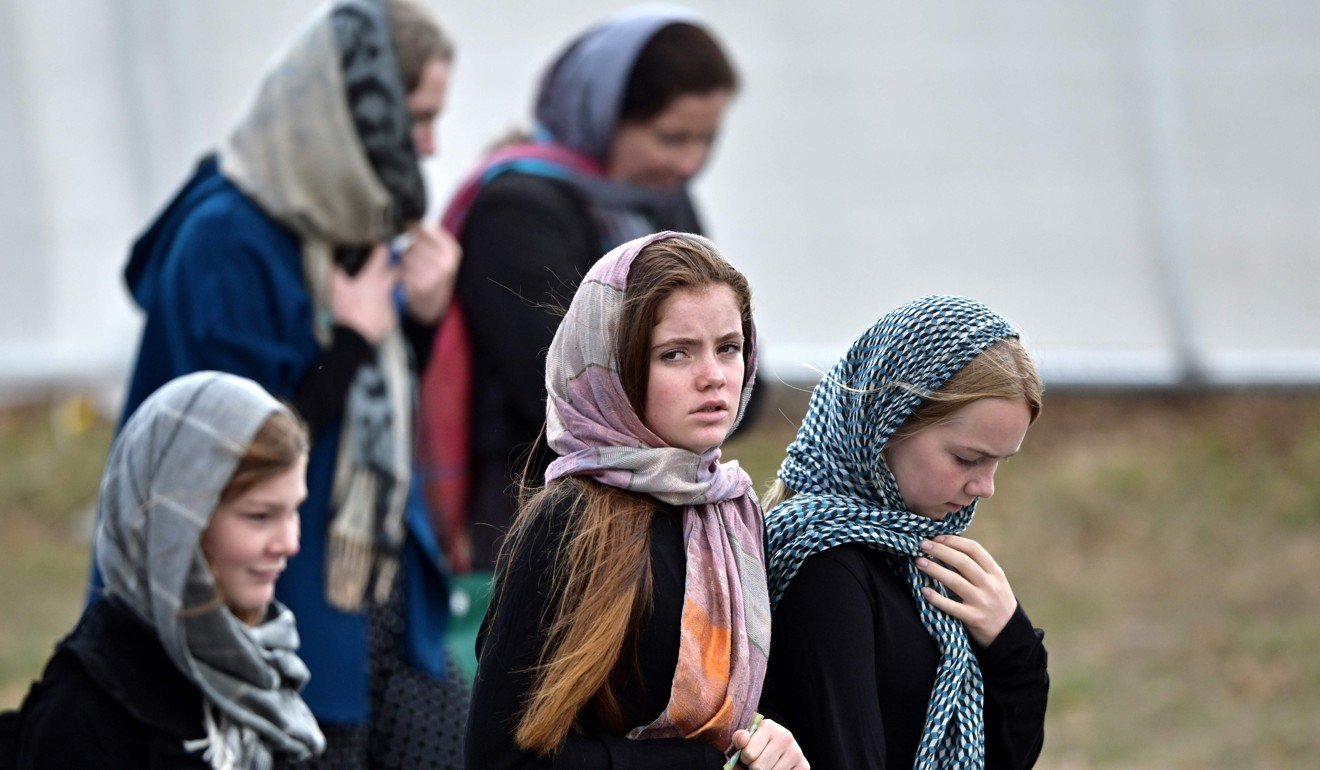
Schoolchildren attend the funeral of those killed in New Zealand’s twin mosque attacks at Memorial Park cemetery in Christchurch. Photo: AFPShare:
Nonetheless, there is a silver lining. The Christchurch shooting has opened the eyes of many to the danger posed by extremist politics. Non-Muslims reaching out to Muslims provides a pushback against Islamophobia’s depiction of Islam and Muslims in negative stereotypical ways. For Muslims, the outpouring of support by non-Muslims strips extremist Muslims of their similar characterisation of the West as a monolithic entity that is anti-Islam.
Modi’s party stokes anti-Muslim violence in India, report says
In an increasingly polarised world, humanising difference is critical. One thing that hate ideologies have in common is dehumanisation of an “enemy” that generates “fear”. They will not be able to succeed if differences are embraced and bridges are built across communities. New Zealanders have stepped forward to meet Muslims in person and offer condolences. This weekend the Christchurch March for Love, organised by 16-year-olds Ella Clearwater, Marshall Setu and Mania Butler, will honour those who lost their lives. Actions such as these may well be a way to reduce anti-Muslim sentiment and render the negative stereotypes of Muslims as baseless and untrue. We can learn from Christchurch. ■
Mohamed Imran Mohamed Taib is a director of the Centre for Interfaith Understanding in Singapore
